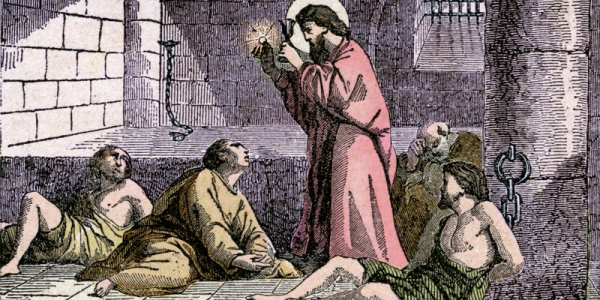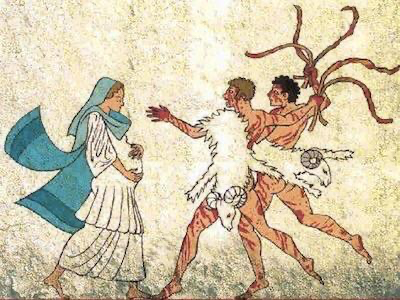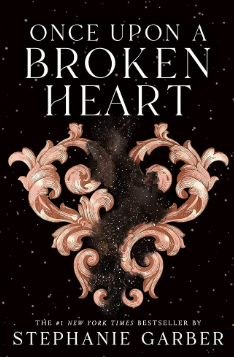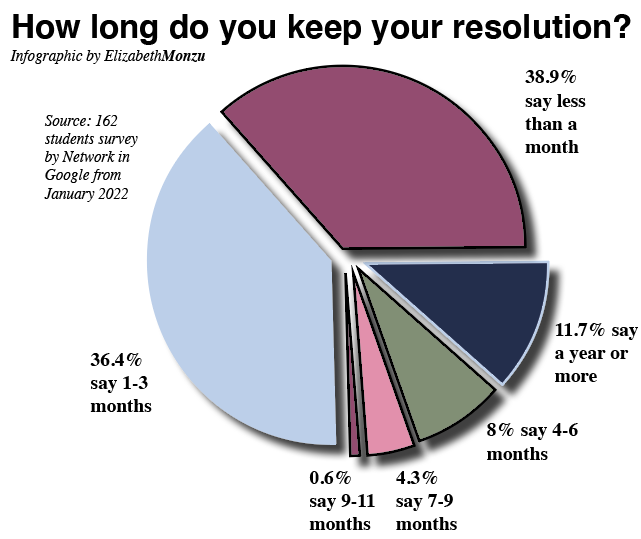‘Tis the season for heart shaped boxes filled with assortments of chocolate and teddy bears with lovey-dovey eyes. Brightly colored hearts in shades of pink and red line storefronts, and floral shops business booms.
Ah yes, Valentine’s Day. A time where couples come together to gift a multitude of sweets and heartfelt presents to one another. This widely celebrated holiday stems from a martyr who believed love above all. So let’s talk about it. Who was Saint Valentine? How did Valentine’s Day come to be?

One legend illustrates a story that takes place during the third century in Rome. Emperor Claudius II decided that single men made better soldiers than those with wives and families. Therefore, outlawing marriage for young men. Valentine believed this was a sin, an injustice towards love. He deified Claudius and continued to perform marriages for young lovers in secret. When Valentine’s actions were discovered, Claudius ordered that he be put to death. And so he was, turning him into a martyr, for the sake of love.
Other stories suggest that Valentine may have been killed for attempting to help Christians escape Roman prisons. Another legend proclaims an imprisoned Valentine actually sent the first “valentine” greeting himself after he fell in love with a young girl who potentially visited him during his confinement.

Another legend surrounding Valentine’s Day, the ancient holiday promoting the fertility of women and marriage. Lupercalia, a Roman and Pagan festival. To begin the festival, members of the Luperci (Roman priest) would gather at a sacred cave where the infants Romulus and Remus, the “founders” of Rome, were believed to have been cared for by a she-wolf or Lupa. The priests would sacrifice a goat, for fertility, and a dog, for purification. They would then strip the goat’s hide into strips, dipping them into the sacrificial blood and taking them to the streets of the public, gently slapping both women and crop fields with the goat hide. Roman women welcomed the touch of the hides because it was believed to make them more fertile in the coming year. Later in the day, all the young women in the city would place their names in a big urn. The city’s bachelors would each choose a name and become paired for the year with his chosen woman. These matches often ended in marriage.
Lupercalia survived the initial rise of Christianity but was eventually outlawed because it was deemed “un-Christian.” Towards the end of the 5th century, Pope Gelasius declared February 14th St. Valentine’s Day. It was not until much later, however, that the day became specifically associated with love.

During the Middle Ages, it was commonly believed in France and England that February 14 was the beginning of birds’ mating season, which promoted the idea of Valentine’s Day representing a day for romance.
But how did it become so commercialized? Well, primarily due to the mass production of greeting cards in the mid-19th century, which allowed companies like Hallmark to market Valentine’s Day gifts like chocolates, flowers, and jewelry.

So, whatever your take is on the true “Valentine’s Day” legend, just remember that it wasn’t originally pretty. In all of the tales, there were sacrifices made for love. In today’s commercialized and expensive world, it’s important to celebrate love in all forms, and honor the martyr, Saint Valentine, who died, so we can love (History.com)




























